Your cart is currently empty!
Flesh-eating bacteria leaves eight people dead as cases rise amid health warning
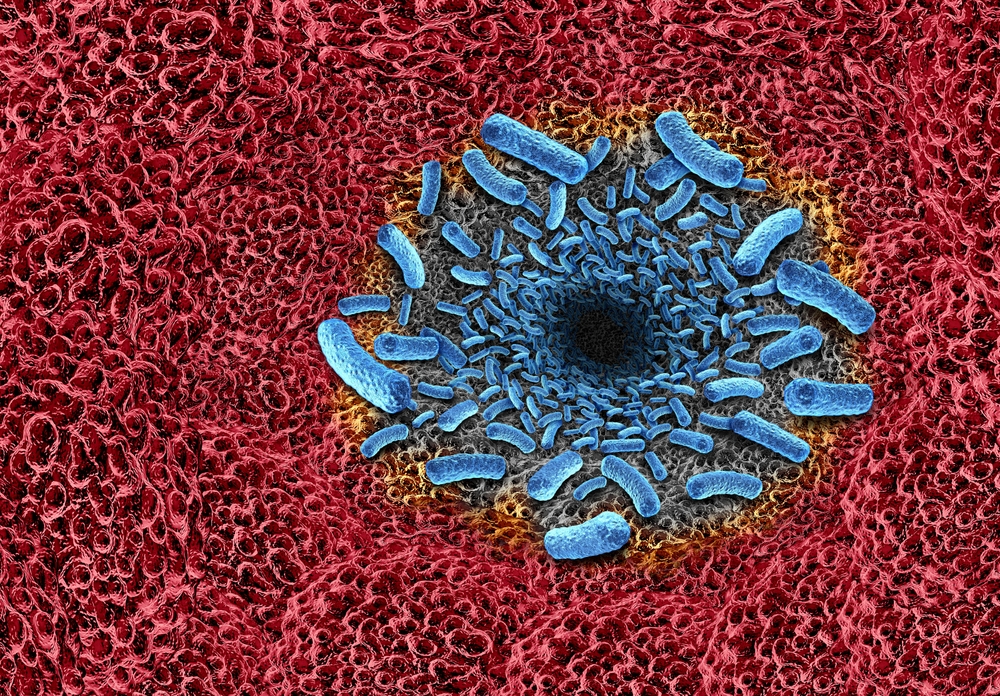
As summer draws people to the shores of the Gulf Coast, health officials are warning of a hidden danger lurking in the warm, brackish waters and on the plates of seafood lovers: a bacterium known as Vibrio vulnificus. Commonly referred to in headlines as “flesh-eating bacteria,” it has already claimed at least eight lives across Louisiana and Florida this year, with additional cases reported in Mississippi and Alabama. Though rare, these infections can escalate with startling speed, transforming a minor cut or a raw oyster into the start of a life-threatening medical emergency.
Public health experts are urging residents and visitors alike to stay vigilant, not out of panic but out of precaution. With coastal tourism at its peak and seafood traditions deeply woven into local culture, the rise in infections underscores the delicate balance between enjoying the region’s natural resources and protecting public health. The Centers for Disease Control and Prevention (CDC) estimates that Vibrio bacteria cause around 80,000 illnesses annually in the United States, a reminder that this is not an isolated phenomenon but part of a larger, recurring public health challenge. By examining how the bacteria spreads, the severity of its symptoms, who is most at risk, and the preventative measures that can save lives, we can better understand why this year’s surge is drawing such urgent warnings—and what each of us can do to stay safe.
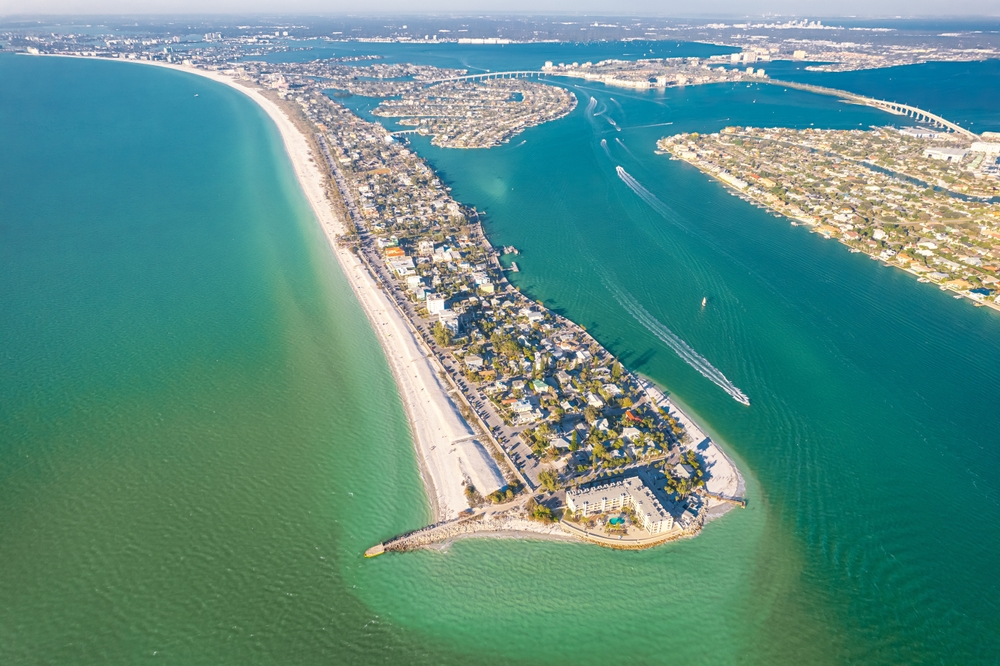
A Surge in Deadly Cases Across the Gulf Coast
Health officials are sounding the alarm after a troubling rise in infections caused by Vibrio vulnificus, a bacterium often described as “flesh-eating” because of its ability to rapidly destroy skin and soft tissue. As of late July, Louisiana reported 17 confirmed cases this year, all of which required hospitalization, with four leading to death. Florida has seen 13 cases and four fatalities, while Mississippi and Alabama each recorded one case, neither fatal. Taken together, at least eight lives have been lost in the Gulf Coast states in recent months, prompting renewed concern and heightened public health messaging.
The Centers for Disease Control and Prevention (CDC) estimates that Vibrio vulnificus and related species are responsible for about 80,000 illnesses annually in the United States, though many are less severe than the life-threatening wound infections that make headlines. These bacteria are naturally present in coastal waters, particularly in brackish estuaries where fresh and saltwater mix. Infections are most common from May through October, when higher water temperatures support their growth and coincide with the peak of beach, boating, and seafood seasons. For coastal communities that rely heavily on tourism and fishing, the timing raises not only health concerns but also questions of economic vulnerability.
In response to the recent surge, state health agencies have issued urgent advisories encouraging residents and visitors alike to take precautions. Officials emphasize that while these infections are relatively rare, their consequences can be devastating, particularly for those with underlying conditions such as liver disease, diabetes, or weakened immune systems. As Dr. Julia Haston, a medical epidemiologist with the CDC, has previously noted, “Awareness is one of the most powerful tools we have against Vibrio infections. People need to understand the risks so they can make safer choices during the summer months.” This combination of vigilance, public education, and timely medical care can mean the difference between recovery and tragedy.
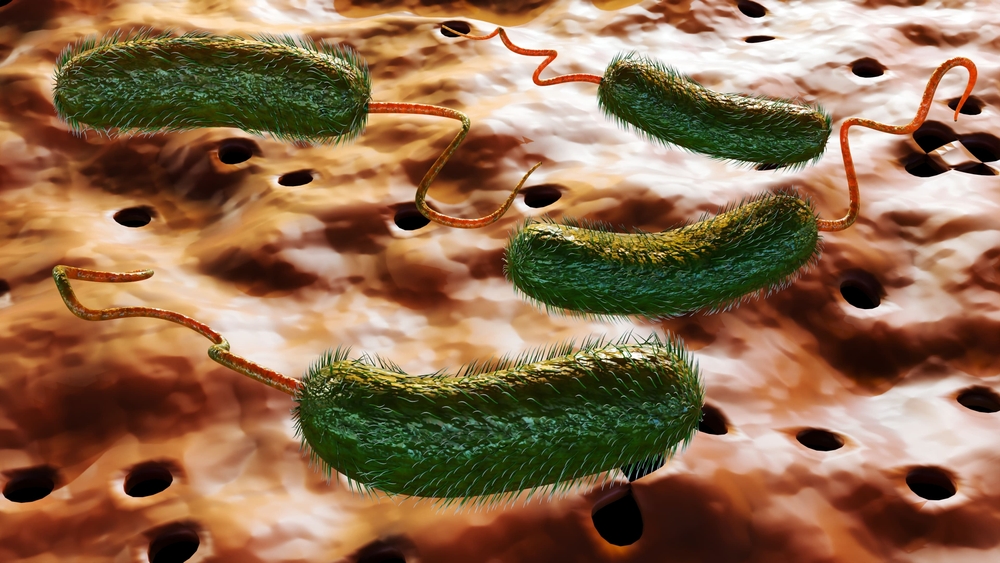
How the Bacteria Spreads
Vibrio vulnificus is not an exotic intruder but a natural resident of warm, salty, and brackish waters, particularly along the Gulf Coast where freshwater rivers mix with the ocean. These estuaries, bays, and shorelines provide ideal breeding grounds, especially during the summer months when temperatures rise and bacterial levels climb. For swimmers, anglers, and boaters, the risk is often invisible; the water may appear clean and harmless, yet even a small cut or scrape can act as an open door for the bacteria. Tattoos and piercings, increasingly popular year-round, pose a similar risk if exposed too soon after the procedure. What begins as a minor wound can quickly become a pathway for an infection that escalates far beyond what most people would expect from a day at the beach.
Another well-documented route of transmission lies in the seafood that defines much of Gulf Coast cuisine. Oysters, in particular, are filter feeders, meaning they draw in large volumes of water and concentrate whatever is present—including Vibrio bacteria. Eating raw or undercooked oysters is therefore one of the most common ways people contract the infection. Despite repeated advisories from public health officials, the tradition of eating oysters “on the half shell” remains deeply ingrained in coastal culture and continues to fuel exposure. The CDC underscores that thorough cooking eliminates the bacteria, yet the allure of raw seafood has ensured that ingestion-related cases persist. In this way, everyday activities—whether a swim in warm water or a plate of oysters at a favorite restaurant—intersect with environmental conditions in ways that can have serious, even fatal, consequences.

The Symptoms and Severity of Infection
The clinical picture of a Vibrio infection can vary dramatically depending on how the bacteria enter the body. When ingested through seafood, the illness often mirrors severe foodborne disease, with patients experiencing watery diarrhea, abdominal cramping, nausea, vomiting, and fever. While these symptoms are distressing, they are not always life-threatening and, in many cases, resolve with proper medical care. The more dangerous form arises when the bacteria infect a wound. Initially, the site may appear red, swollen, and tender—much like a common skin infection. But unlike ordinary bacterial infections, Vibrio can progress with alarming speed, causing blistering lesions, pus-filled discharge, and deep tissue necrosis within hours.
In the most severe cases, the bacteria move beyond the wound into the bloodstream, triggering septicemia. This complication is often accompanied by sudden fever, chills, dangerously low blood pressure, and the appearance of skin lesions across the body. According to the CDC, approximately one in five people with this form of Vibrio vulnificus infection die, sometimes within just one to two days of symptom onset. Survivors frequently face a long and difficult recovery, with doctors often forced to amputate affected limbs to stop the spread of the infection. These medical realities explain why health departments issue strong advisories: by the time symptoms are recognized, the bacteria may already be several steps ahead. The speed and severity of progression make awareness and quick intervention not just helpful, but essential.
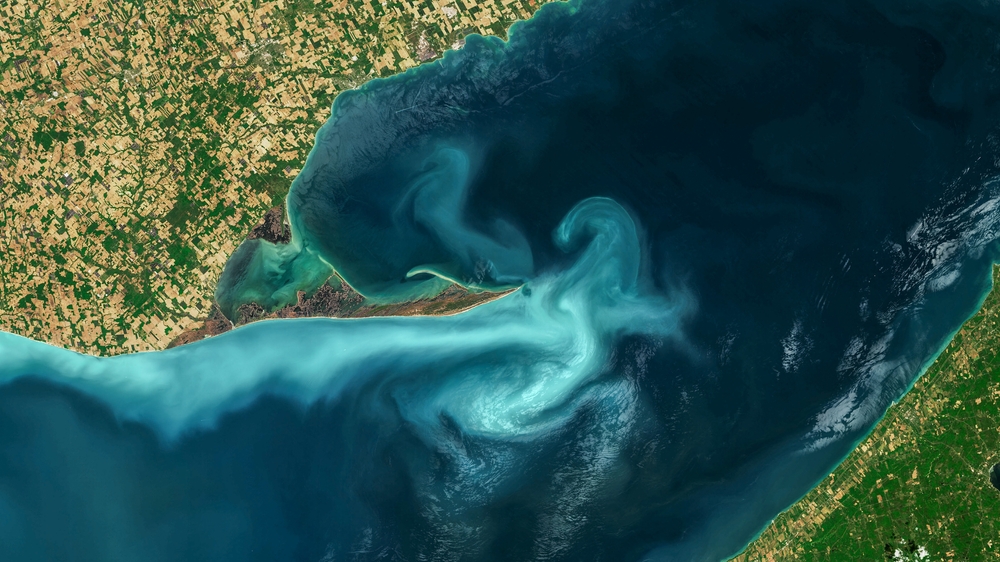
Who Is Most at Risk
While Vibrio vulnificus infections can affect anyone exposed to contaminated water or seafood, certain groups face a disproportionately higher risk of severe outcomes. Individuals with weakened immune systems—such as those undergoing cancer treatment, living with HIV, or taking immunosuppressant medications—have fewer defenses against aggressive bacteria. Chronic conditions like liver disease and diabetes also play a significant role, as compromised organ function or circulation creates conditions where infections can spread more quickly and are harder to treat. The CDC repeatedly warns that these populations should exercise heightened caution, especially during the summer months when bacterial levels peak.
Older adults are also more vulnerable, both because they are more likely to have underlying health problems and because aging itself weakens the body’s ability to fight off infection. However, cases in previously healthy individuals are not unheard of, and some of the most alarming reports have involved young, otherwise robust swimmers or seafood lovers who deteriorated rapidly after exposure. These cases serve as stark reminders that vigilance is important for everyone, not only those considered medically “high-risk.” Public health officials therefore stress universal precautions: covering wounds, avoiding raw shellfish, and seeking immediate medical care if symptoms appear. These measures are not meant to frighten people away from the coast but to ensure that recreational and culinary traditions can be enjoyed without unnecessary danger.
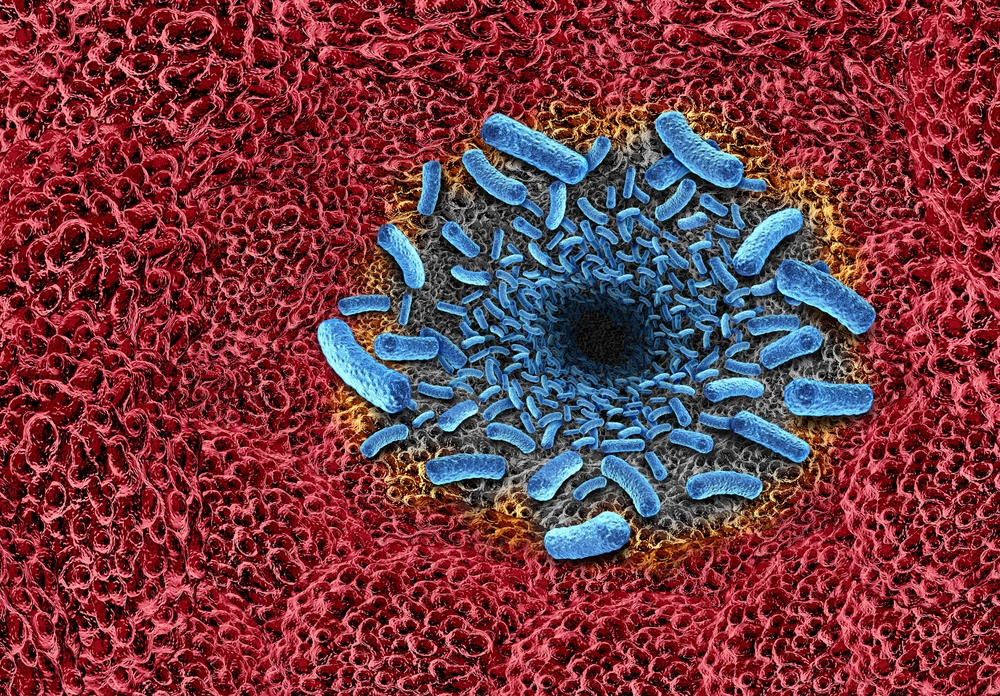
Preventing Infections and Staying Safe
The reassuring reality is that most Vibrio infections can be prevented with relatively simple steps. Avoiding the exposure of open wounds—including new piercings or tattoos—to seawater is one of the most effective ways to reduce risk. For those who cannot avoid the water, using waterproof bandages or protective coverings offers some protection, though not absolute. Seafood preparation practices also matter greatly: thoroughly cooking shellfish, especially oysters, eliminates the bacteria entirely, transforming a potentially dangerous meal into a safe one. Despite the cultural appeal of raw oysters, experts continue to emphasize that “cooked is safe, raw is risky.”
Public health campaigns along the Gulf Coast are increasingly designed not only to provide warnings but also to educate in ways that empower residents and tourists. Many people remain unaware that a small scrape or a favorite seafood dish could carry hidden risks. Awareness campaigns, ranging from signage at beaches to advisories in restaurants, aim to bridge that gap. When infections do occur, rapid medical intervention can make a life-saving difference. Early treatment with antibiotics often proves effective, but because the infection can progress so quickly, delays in seeking care may limit those options. In some cases, amputation or other drastic measures are necessary to contain the infection. For this reason, doctors stress that anyone with a wound exposed to seawater who develops redness, swelling, or fever should seek medical attention without hesitation.
A Call to Awareness and Responsibility
The recent cluster of deaths tied to Vibrio vulnificus highlights an unsettling truth: a microscopic organism, living naturally in the waters people swim in and the foods they eat, can become a devastating threat under the right conditions. Climate change and warming coastal waters are likely to increase the prevalence of these bacteria in coming years, adding urgency to public health strategies. At the same time, Gulf Coast economies depend on tourism and seafood industries, making it unrealistic to suggest avoiding beaches or shellfish altogether. Instead, the path forward lies in education, vigilance, and responsible choices that minimize risk while allowing communities to continue their way of life.
Ultimately, the lesson is one of balance. By recognizing the risks, covering wounds, cooking shellfish, and seeking care at the first sign of illness, individuals can dramatically reduce their chances of serious infection. For families and communities, staying informed becomes an act of protection, not just for oneself but for others. Health officials have been clear that their warnings are not about inducing fear but about equipping people with knowledge that can save lives. In the face of a bacterium that works swiftly and mercilessly, awareness and prompt action remain our strongest defenses.
